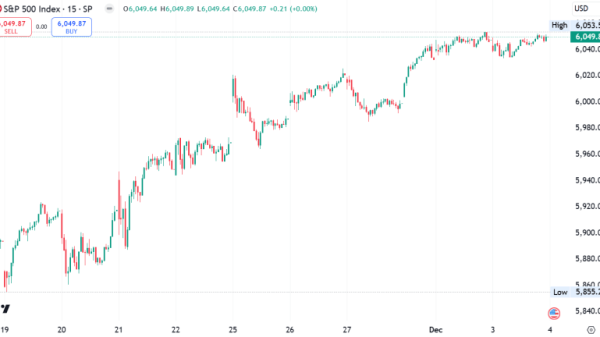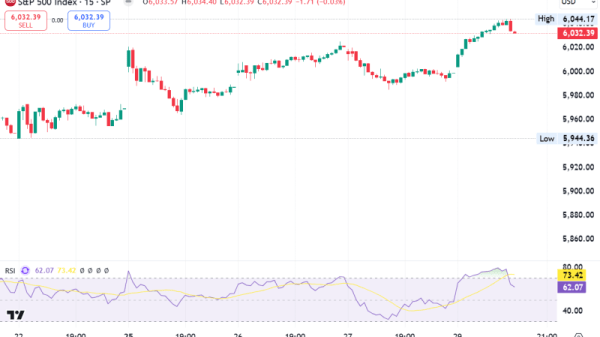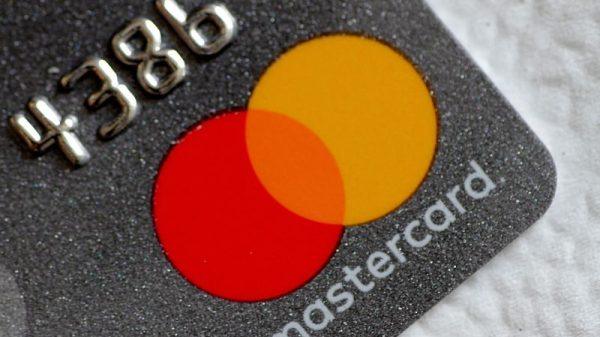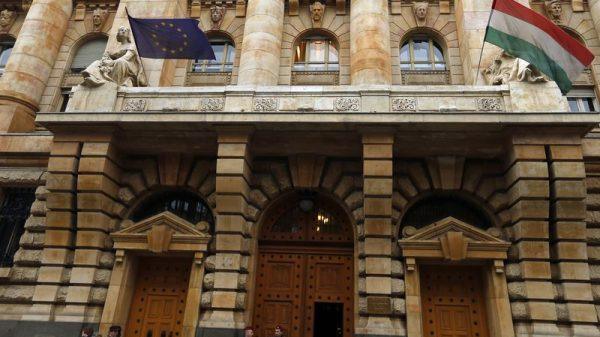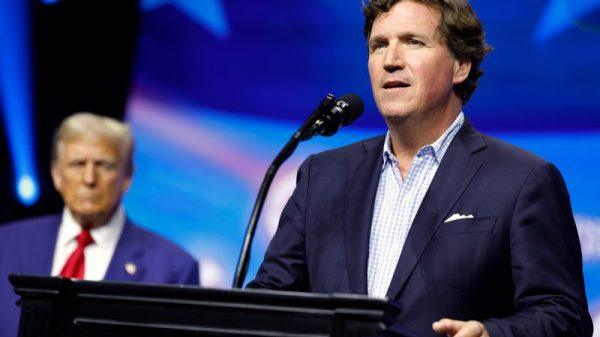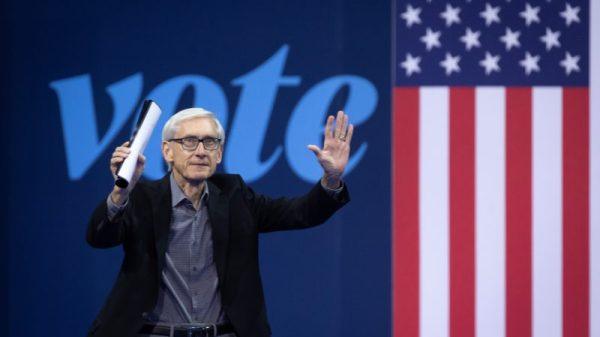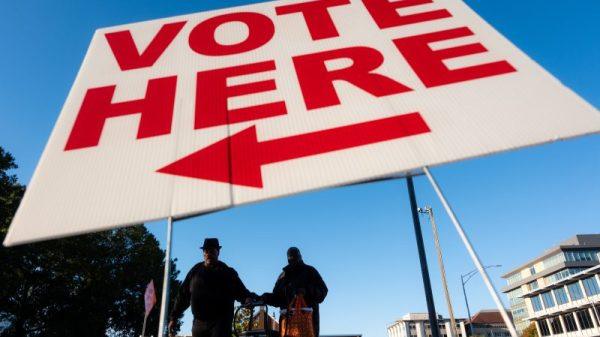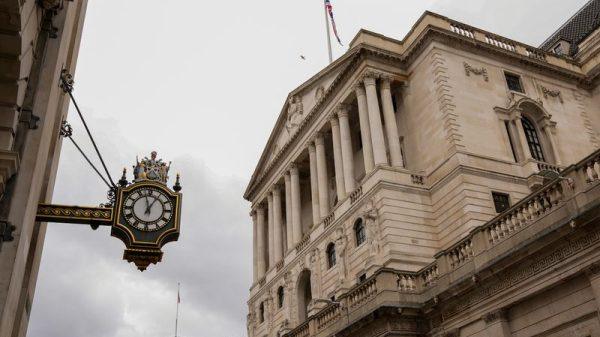By Yoruk Bahceli and Naomi Rovnick
(Reuters) – Traders raised their bets on quick-fire European Central Bank rate cuts on Thursday, taking the bank’s first consecutive rate cut in 13 years as a green light from policymakers that a speedier easing cycle has begun.
A worsening economic outlook and signs that inflation is increasingly under control prompted the ECB to cut its deposit rate by 25 basis points (bps) to 3.25%, following a September move, in the first back-to-back rate cut since 2011.
Policymakers repeated that they were not committing to a particular rate path and would keep monetary policy restrictive as long as necessary to make sure they had tamed inflation.
But hearing little pushback from ECB chief Christine Lagarde against market expectations, traders added to rate-cut bets and pushed the euro down further.
“Lagarde said one thing and one thing only, and that’s that the ECB is data-dependent,” said Seema Shah, chief global strategist at Principal Asset Management.
“So from the perspective of where the economy is going, given weakness across the euro area, there is more urgency for the ECB to deliver back-to-back rate cuts.”
Indeed, ECB governors expect a rate cut in December barring a marked economic turnaround, sources told Reuters on Thursday.
Traders now price in around 29 bps worth of cuts at the December meeting, having fully priced a 25 bps move earlier on Thursday. That suggests markets are pricing in more than a 15% chance of a 50 bps cut then.
“The markets will now wonder whether it will move by 25 bps or by 50 bps at the next meeting,” said Marchel Alexandrovich, economist at consultancy Saltmarsh Economics.
Thereafter, markets price a high chance of back-to-back rate cuts through next June.
Germany’s rate-sensitive two-year bond yield touched its lowest since Oct. 4 and euro zone stocks held onto their gains.
But the euro fell to $1.0811 — its lowest levels since early August.
EURO RISKS
Including Thursday’s move, traders see the ECB delivering around 160 bps of rate cuts by the end of 2025, versus 145 bps from the U.S. Federal Reserve and just over 135 from the Bank of England.
Bets that Thursday’s move heralded the start of back-to-back rate cuts have already proved a boon for euro zone government bonds.
While underperforming U.S. Treasuries this year, they have outpaced them so far in October.
Euro zone government bonds have returned 0.1% since the start of October, while Treasuries lost investors 1.2% as the yield premium Treasuries pay relative to German bonds has widened sharply.
But the euro, which has taken a beating this month, was seen staying under pressure.
It has fallen roughly 3% since the end of September, when an unexpected contraction in euro zone business activity sent bets on Thursday’s rate cut surging.
That came just as traders abandoned wagers on a second jumbo Fed rate cut in November, boosting the dollar.
Uncertainty over the Nov. 5 U.S. presidential election and the prospects of a Donald Trump win are key risks for the euro, analysts reckon.
The former president has floated plans for blanket tariffs of 10% to 20% on virtually all imports, which no doubt would hurt the euro zone economy, and Lagarde flagged this as a downside risk on Thursday.
While such tariffs may at first prove inflationary “what you will be left with in the medium term is the negative impact on the investment outlook and on animal spirits, and that tends to be disinflationary,” said Mariano Cena, senior European economist at Barclays, adding it would likely lead to further ECB easing.
Matthew Landon, global market strategist at JPMorgan Private Bank, expects the euro to trade in the $1.07-$1.11 range, but said that could skew 3-4% lower if higher tariffs become a real possibility following the election.
“The euro in particular feels vulnerable, and has been one of our preferred shorts into the U.S. election,” he said.
The outlook for the ECB and euro zone markets is also clouded by the trajectory of the U.S. economy, which has wrongfooted traders repeatedly this year.
Indeed, stronger U.S. retail sales curbed bets on Fed rate cuts on Thursday, adding to the euro’s pain.
“You don’t really have a growth driver in the euro area, but the U.S. is a global growth driver,” said Danske Bank chief analyst Piet Christiansen.
If blowout U.S. jobs data extends into the end of the year “that is something that can give upside risk to rates,” he added.

